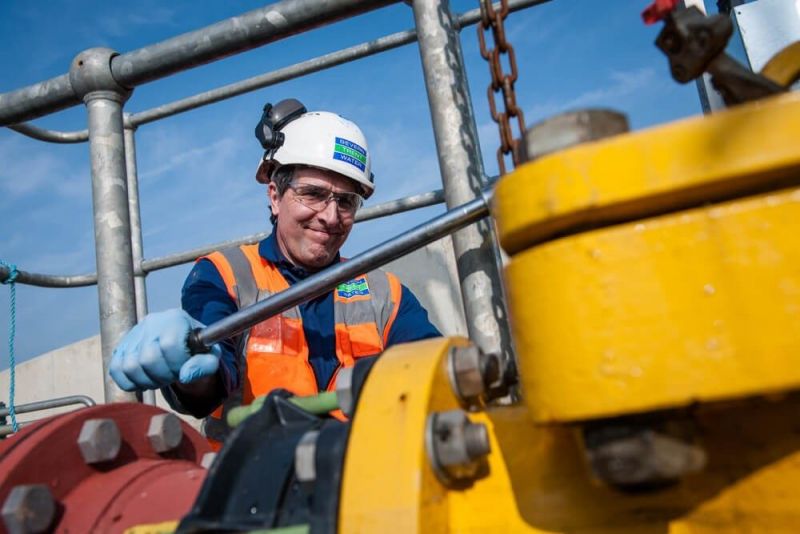Severn Trent Invests in CoMag to Removes Phosphorous From Wastewater
Published on by Water Network Research, Official research team of The Water Network in Technology
Severn Trent is investing £35m to install new innovative technology at its Finham Sewage Treatment Works near Coventry that will help to meet new environmental standards.
The company is investing in a technology called CoMag which removes phosphorous from waste water before it is returned to the environment.

Image source: Severn Trent
The new equipment will make sure that the company exceeds targets to reduce phosphorous and in turn improve the local environment.
Peter Sugden, from Severn Trent, explains: “We’re committed to doing everything we can to improve our local environment and with the Water Framework Directive requiring us to meet much tighter phosphorus limits than we have in the past, now is the right time to start installing new technology to meet these targets.“
"At Finham we process more than 1,500 litres of waste water every second and we’re aware that, with growing populations and the possibility of increases in industrial sewage in the future, we need to take advantage of innovative solutions to make sure the water we return to the environment is of the highest quality.”
Phosphorus is a normal part of domestic sewage but conventional treatment processes only remove part of it. Too much phosphorous in the local environment can result in poor river ecosystems which is why the Water Framework Directive has reduced phosphorous limits to 0.22 mg/l for treated effluent returned to the environment from the Finham site.
Severn Trent has been trialling several new phosphorous removal technologies at its site in Packington, Leicestershire in recent years, and the work at Finham is amongst the first phase of the roll out of these.
The CoMag system uses magnetite – fully inert, iron ore particles – to remove phosphorous from water that is then returned to the River Sowe.
Peter continues: “In total we’re investing around £120m in phosphorus removal technology up until 2020, an investment that will see around 100 sewage treatment works upgraded.
“At Finham, work is now underway to install the CoMag solution and we hope to see it fully operational by autumn 2019.”
The CoMag process was developed by Evoqua on the east coast of the USA and is a three step process. The first step uses a coagulant, such as iron, to precipitate the soluble phosphorus, a magnetite ballast is then added to the water which acts as a seed for the precipitate and also to add weight to the solids. In the last step a polymer coagulant is added to help bind the precipitate and ballast together before flows enter a settlement tank where the solids settle quickly and efficiently.
The sludge is removed from the base of the settlement tank but before the sludge is sent off for further treatment it is pumped through a magnetic drum. The magnetic drum recovers the magnetite from the sludge and from here it drops back into the process to be reused.
Source: Severn Trent
Media
Taxonomy
- Treatment
- Treatment Methods
- Treatment Plants
- Drinking Water Managment
- Water Management
- Drinking Water
- Water Quality Management
- water treatment
- Integrated Water Resources Management (IWRM)